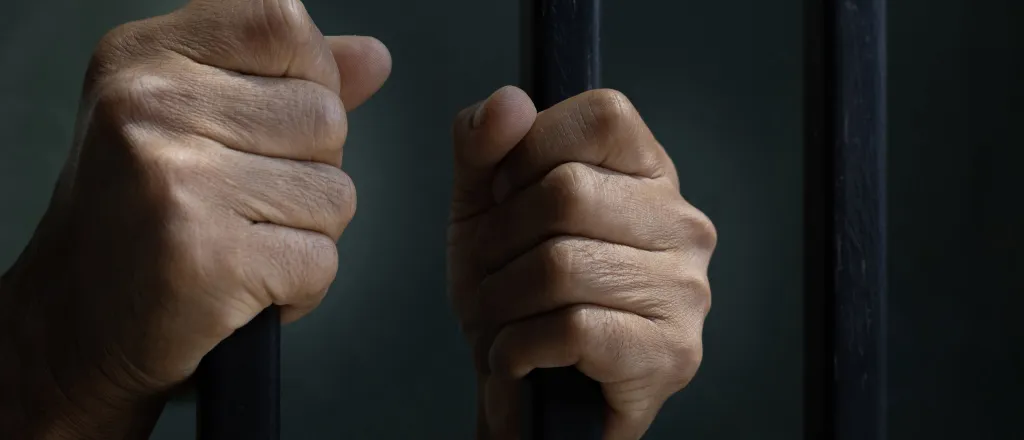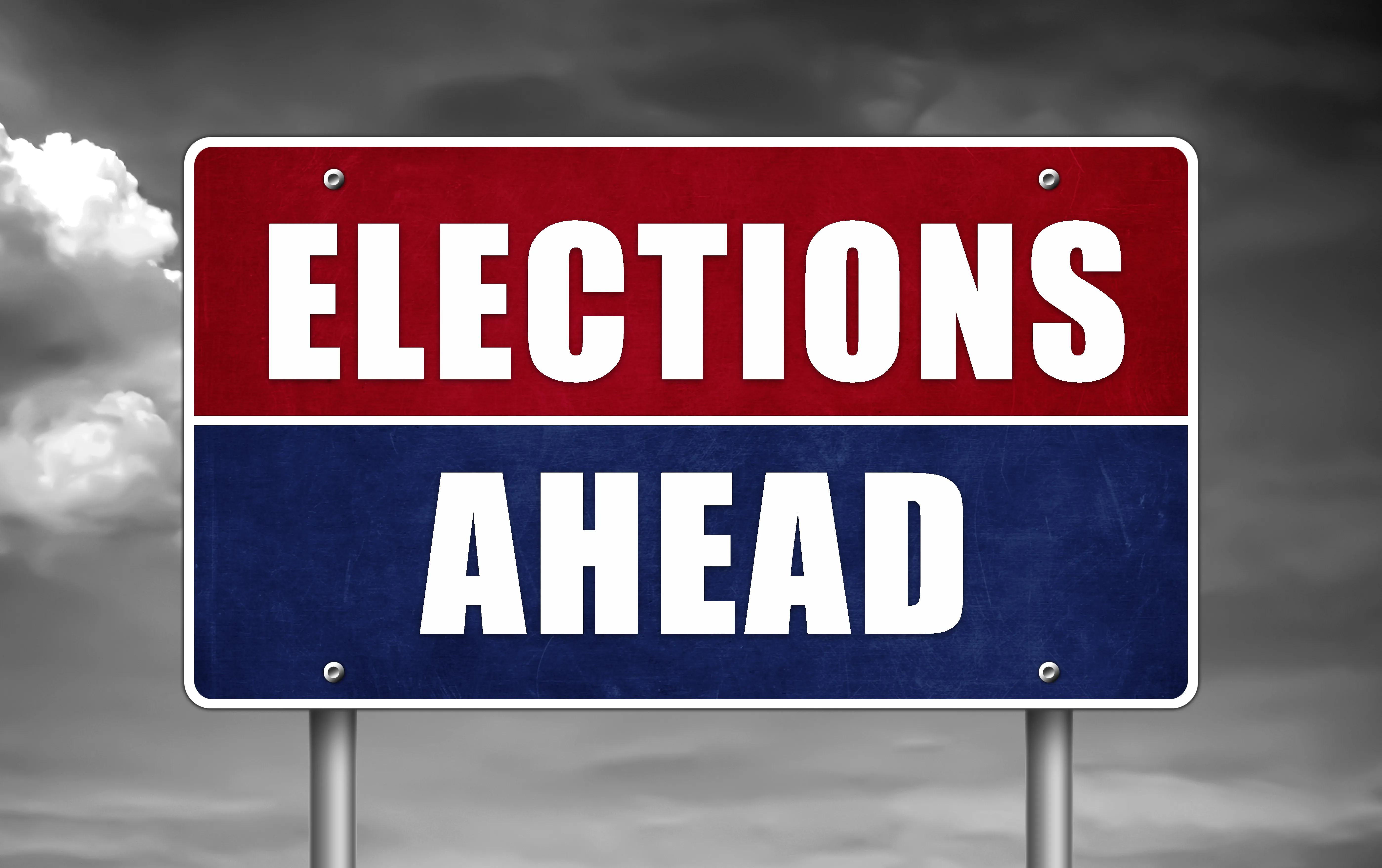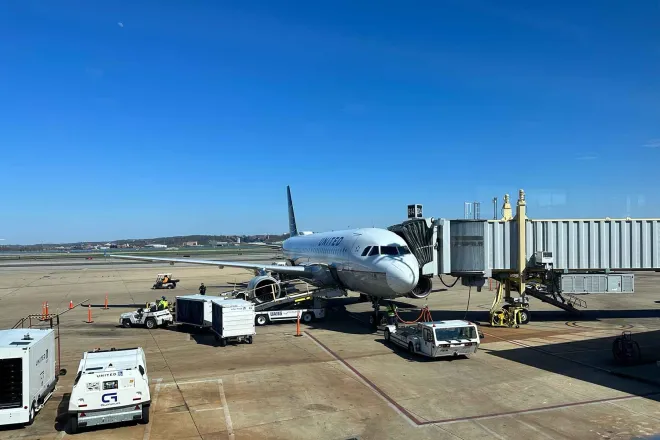
US prison population rises for second straight year
© Akarawut Lohacharoenvanich - iStock-1436012592
The nation’s prison population grew for the second consecutive year in 2023, reversing more than a decade of steady decline.
A new prison population report from the federal Bureau of Justice Statistics, released before the federal shutdown, shows that 1,254,224 people were incarcerated in state and federal prisons on the last day of 2023 — an increase of 24,081 people from the year before, or about 2 percent.
It follows a rise in 2022, which marked the first uptick since 2010, when prison populations began a gradual decline after peaking in the mid 2000s.
Even with recent increases, the prison population in 2023 was still about 20 percent below the 2013 level.
The latest figures show that women remain a small share of the prison population, but their numbers are growing faster than men’s.

© iStock - ronniechua
Between 2022 and 2023, the female prison population rose nearly 4 percent, from 87,800 to 91,100. The male population increased by nearly 2 percent during the same period. Thirty-eight states saw growth in their male prison populations, while 41 states reported increases among women.
New Mexico, Maine and South Dakota recorded the highest growth rates in their prison populations.
Seven more populous states — Florida, Georgia, North Carolina, New York, Ohio, Texas and Wisconsin — added more than 1,000 people to their prison rolls during the same period. New Jersey, Alaska and Hawaii had the largest decreases in rates.
The growth comes as prisons are grappling with another demographic shift: a rapidly aging population. In 2023, nearly 1 in 4 prisoners were 50 or older. That trend is expected to continue, some experts say, with projections that by 2030 as much as one-third of the U.S. prison population will be over 50.
Correctional systems, many of which already face staffing shortages and overcrowding, are under growing pressure as prison populations rise. In recent years, some prisoner advocates and state legislators have pushed for measures such as “second look” laws or expanded parole eligibility that would release people deemed low risk for reoffending. Those could include older adults, people with serious medical needs and those convicted of nonviolent offenses.
The idea has gained traction as a way to lower prison operation costs and ease strain on correctional staff, but it remains controversial. Supporters say targeted decarceration can improve safety inside prisons and save taxpayer dollars, while opponents argue it could jeopardize public safety and that such releases may not significantly lower taxpayer costs.
















